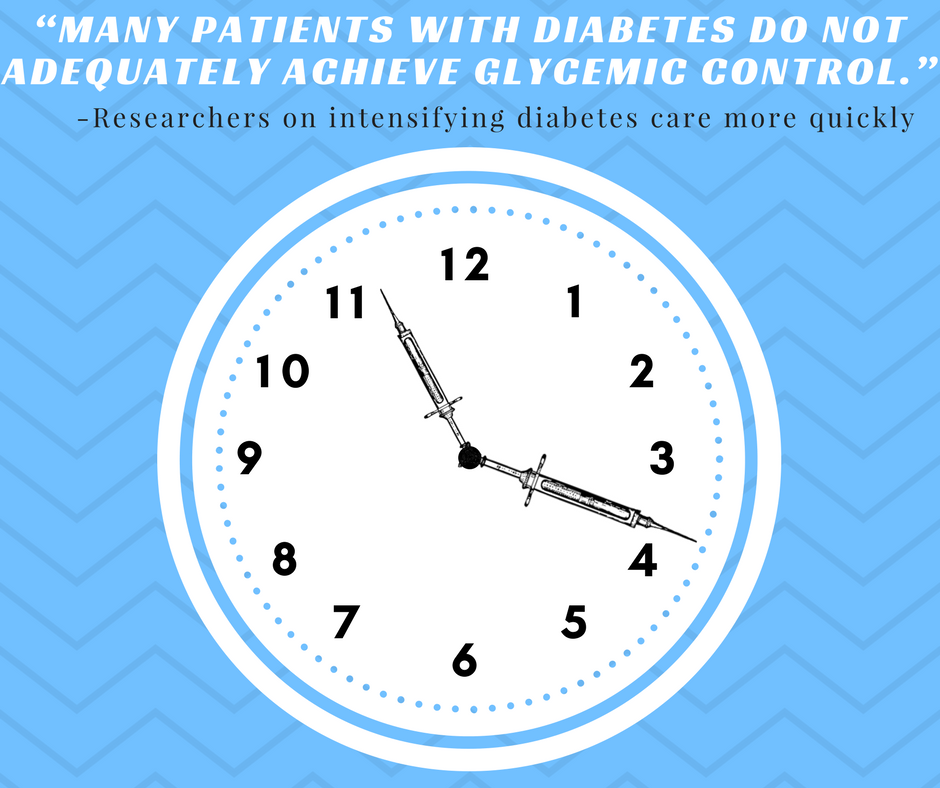Article
Type 2 Diabetes Patients Need Therapy Intensification Sooner
Author(s):
The study highlighted the need to intensify treatment for glycemic control sooner than current methods suggest.

Sooner is better when it comes to diabetes, according to a real-world study examining mean patient distance from the <7% target hemoglobin A1C (HbA1C) levels.
The study, led by Gail Fernandes, associate director of outcome research at Merck Co. (pictured), examined 19,804 type 2 diabetes (T2D) patients from the UK Clinical Practice Research Datalink (CPRD), who were failing metformin monotherapy when their treatment was intensified. The mean age of the patients was 64.6 years (standard deviation=12.1 years).
The majority of patients that failed metformin monotherapy were more than 1% away from the <7% HbA1C target goal. 25% of patients (n=4884) were between 1% and 2% of the goal, and 40% (n=7895) were greater than 2% away.
Distance from goal HbA1C levels was determined as the median difference between the HbA1C goal of <7% and the patient’s HbA1C levels at the time treatment was intensified. When the authors excluded patients aged 65 and older and who had micro- and macrovascular complications or a history of severe hyperglycemia (n=6175), the median distance from goal was 1.6%.
The data looked at patients from January 2012 to December 2014, including patients that failed metformin monotherapy after a 3-month treatment period and received treatment intensification in the form of an add-on medicine.
It was highlighted that previous studies have shown that intensive blood glucose control can help lower the risk of chronic macro- and microvascular diabetic complications significantly. However, the authors noted that “it is not well known how distant these uncontrolled patients are from typical glycemic targets,” identifying a knowledge gap about when to intensify treatment.
These findings highlight a need for therapy intensification to take place earlier, as “there are data to suggest that many patients with diabetes do not adequately achieve glycemic control,” according to Fernandes and colleagues.
“Among patients failing metformin monotherapy, [the] majority of patients were greater than 1% away from the HbA1c goal of 7%,” the authors concluded.
The study, “Distance from glycaemic goal at the time of treatment intensification in patients with type 2 diabetes failing metformin monotherapy in the UK,” and findings are set to be presented at the European Association for the Study of Diabetes annual meeting, from September 11 to 15, 2017.
Related Coverage
Eat Your Broccoli: Vegetable-Derived Compound Shows Promise for Type 2 Diabetes
FDA Approves Another Advancement in Glycemic Management Software




